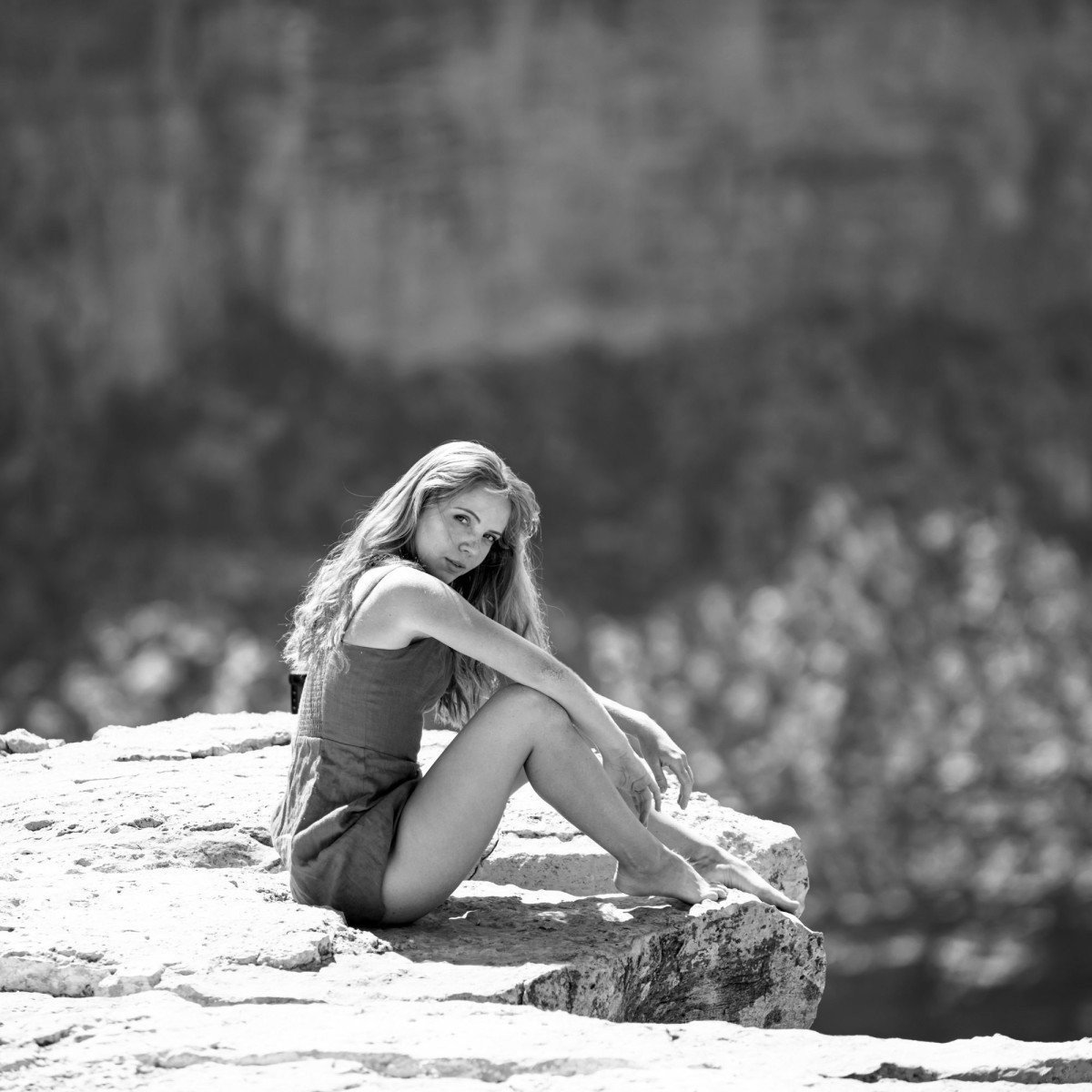Remember the last time you stood by the rushing waters of a river and wished you could encapsulate the serene yet powerful motion into a still image? Have you ever observed the magical trail of lights on a busy motorway from a high vantage point and thought, ‘How could I frame this dance of light and darkness in a single snapshot?’ Well, then you are about to embark on an exciting journey into the realm of long exposure photography.
Unfamiliar with the term? Let me tell you a fun fact. Remember those beautiful milky waterfalls and star-trail night skies you’ve often admired in photography portfolios? They’re the prodigies of long exposure photography, a technique that plays around with shutter speed to create a sense of motion or change over time in a still photograph.
Now, let’s talk about shutter speed. Imagine it as the blinking eye of your camera. The quicker it blinks, the less light gets in and vice versa. By manipulating the length of this ‘blink’, we can control how motion is captured. Eager to know more? Let’s dive in a bit deeper.
The Science behind Shutter Speed
When your camera’s shutter is open, it’s like the camera is deeply inhaling, absorbing all the light information around it. The length of this breath, or the shutter speed, can be snappy short or serenely long, capturing everything from a bullet’s flight to the blur of a hummingbird’s wings. Experimenting with shutter speed allows you to stop time completely or let it run wild, a powerful tool in the hands of a creative photographer.
‘So, what does long exposure have to do with this?’ you may ask. Well, by using a slower shutter speed, photographers effectively stretch time, allowing the camera to record how a scene changes over a longer duration. For example, in our panning technique tutorial, we discussed how a precise movement of the camera can be combined with a slower shutter speed to capture dynamic, energy-filled images.
Understanding Long Exposure
Now that we’ve understood the principle, let’s explore the realm of long exposure. Think of it like holding your breath underwater, absorbing the calm serenity of the aquatic world while the surface above ripples and changes. Similarly, long exposure absorbs the scene while the shutter remains open, blurring movement and capturing the essence of time in a dynamic, perpetual ballet of light.
Whether it’s the spectral glide of starlight across a night sky, the smooth wash of waves against a beach, or the vibrant flow of city lights as evening falls, long exposure allows you to compress time into a single image, and unlocks a magical world often imperceptible to our eyes. The primary tool we wield in this realm is, of course, shutter speed. Want to achieve that sweeping, ethereal quality in water or create ethereal light trails? All it requires is to slip into the slow lane, slowing down your camera’s shutter speed.
Capturing Motion with Long Exposure
When it comes to freezing fast subjects, a quick shutter speed holds the reins. But when capturing subjects in motion using long exposure, the creativity process holds a twist. Here’s where we exchange the freeze frame for a cinematic time-lapse.
Let’s think about a bustling city square filled with people walking about with a majestic statue at the center. In the traditional photography arena, we might capture still images of people or focus on the details of the statue. But in long exposure photography, the entire narrative changes. The living, dynamic motion of the square comes to life. The people walking about become streaks of color and haze, embodying the rush of city life, while the statue stands as a resolute contrast against it.
Calling For The Right Gear and Settings
Now, talking about the gear, typically, a DSLR or mirrorless camera with adjustable settings is the most suitable piece of equipment for such a technique. Having control over your camera’s shutter speed is a must. A sturdy tripod is a critical ally in this adventure, keeping your camera still during the long exposure to prevent any unintended shake or blur.
Additionally, given the increased sensitivity to light in long exposures, controlling your ISO (keep it low to reduce noise) and aperture (narrower to allow less light) is crucial. Experimenting with these settings allows you to balance the need for a longer exposure with the reality of the scene’s ambient light. Learning to choreograph this delicate dance of time, light, and movement is an enriching journey.
Embrace The Unpredictable
Like any photographic technique, long exposure has its learning curve. Experimentation and sometimes failure can lead to the most surprising and beautiful results. Embrace the element of unpredictability. It truly is the spice that breathes life into your images. So grab your camera, venture out, and start experimenting with the ballet of light.
In the end, isn’t that what photography is all about? Isn’t it about showing people how to see the world in a way they never have before? With long exposure, you’re doing just that: showing the dance of time and light that we often overlook in our fast-paced lives.
Are you ready to capture the world in a new light? Are you ready to make the jump from capturing moments to capturing time itself? Long exposure photography beckons, calling you to explore the unseen ripples of time and the poetry of motion. Enjoy the journey, fellow photographers, and let’s explore this path together.
”The world is full of magic things, patiently waiting for our senses to grow sharper.” – W.B. Yeats


0 Comment